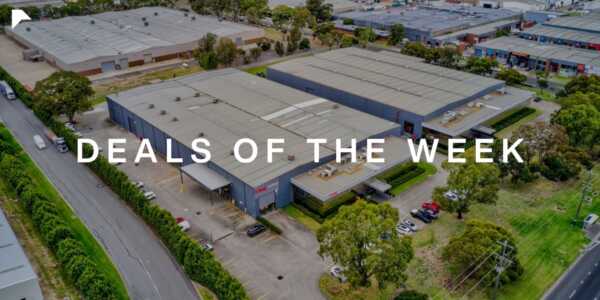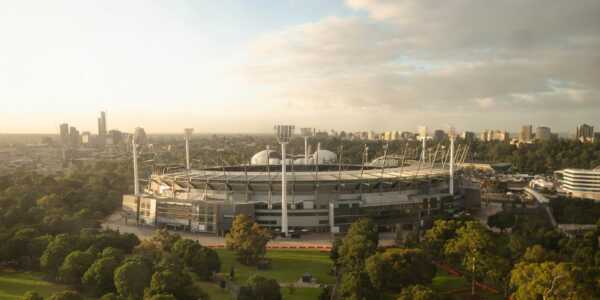Australia has cemented its position as a global data centre powerhouse.
Knight Frank’s latest Global Data Centres Report reveals Australia attracted $6.7 billion in data centre investment last year - second only to the U.S. at $14.6 billion.
Globally, the market is forecast to reach US$4 trillion by 2030, driven by AI adoption, cloud infrastructure and surging digital demand, with an expected compound annual growth rate of 18%.
We spoke with Fred Fitzalan Howard, Head of Data Centres, APAC at Knight Frank, to find out what’s powering Australia’s data centre boom.
Chip Access Unlocks Global Demand
Australia’s exemption from U.S. export restrictions on Nvidia AI chips has given it a critical edge in the region.
As one of only four Asia-Pacific countries with unrestricted access, Australia is fast becoming a launchpad for AI-optimised infrastructure.
The report notes this status is drawing global hyperscale investment as other APAC markets face tightening controls.
“The exemption from AI chip export restrictions sent a strong signal of strategic alignment, giving Australia a unique edge in the APAC region,” Mr Fitzalan Howard said.
“It reinforced the country’s position as a U.S.-friendly, AI-ready market, where deployment is not just possible but predictable."
Melbourne Moves to the Front of the Pack
Once overshadowed by Sydney, Melbourne is now firmly in the spotlight as Australia’s next data centre hub.
As Sydney faces tightening power supplies and escalating land shortages, developers are shifting their focus south, drawn by Victoria’s streamlined planning approvals and superior energy infrastructure.
“Melbourne has offered relatively greater power availability and more scalable land parcels—key factors as operators pursue ultra-high-density deployments,” Mr Fitzalan Howard said.
“As a result, we’re seeing major capital flow into Melbourne to support high-performance compute requirements, solidifying the city’s role as Australia’s next frontier for digital infrastructure.”
Other capitals are also on the radar. Perth and Brisbane are gaining traction as lower-cost, scalable alternatives for future hyperscale deployments.
“Perth and Brisbane are benefiting from improved fundamentals—such as available land, untapped power reserves, and in Perth’s case, strategic subsea cable connectivity,” he said.
“Their role today is more complementary than transformative, but their evolution will depend on how successfully they can attract anchor demand in the coming years.”
Looking Ahead: What’s Next for Australia’s Data Centre Surge?
With global capital pouring into the region, the pace of change in Australia’s data centre sector shows no signs of slowing.
But as competition intensifies, capital is no longer the only differentiator.
According to Mr Fitzalan Howard, the next critical battleground will be securing the next battleground will be securing land and long-term power supply.
Early site acquisition, energy partnerships, and ESG-aligned builds are becoming essential differentiators as the market matures.
“Opportunities lie in AI-driven growth, edge data centre rollouts, and the rising appetite for sustainable infrastructure,” he said.
However, challenges remain - chiefly around power availability, grid upgrade timelines, and the pressure to deliver ESG-aligned assets.
“Developers must navigate rising build costs and regulatory scrutiny while designing facilities that can accommodate high-density AI workloads without compromising efficiency or sustainability,” he said.









